( Quang Ngai Newspaper) - Costumes are a criterion to reflect social life. Since ancient times, Quang Ngai people have had regulations on the use of each type of costume, such as costumes worn in festivals, funerals, weddings, costumes of officials or of common people.
Ancient Costumes
Le Quy Don's book Phu Bien Tap Luc recorded: "In the year Binh Than (1776), the national costume had a system, to pacify the border, politics and customs should be unified. If there were people wearing guest (Chinese) costumes, they should change to follow the national regime. Change the tailoring of the costumes according to the country's customs, and silk fabrics were commonly used, and only officials were allowed to use them. As for brocade and dragon and phoenix patterns, they absolutely must not get used to the old habit of using them carelessly. For casual wear, men and women should wear short-sleeved, standing-collar shirts with wide or narrow sleeves. For shirts, the two sides below the armpits must be sewn together and not allowed to be split open. Men can wear round-necked, narrow-sleeved shirts for convenience in work. For formal wear, use long-sleeved, standing-collar shirts, made of indigo blue, black, or white fabric."
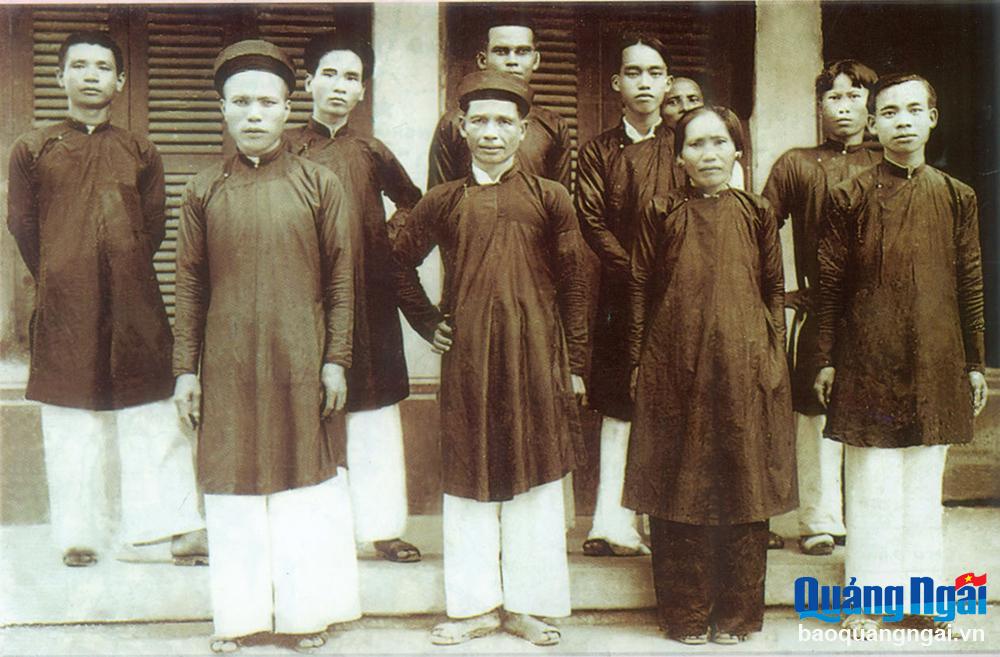 |
| Traditional Ao Dai and Turban of Quang Ngai people in the past. Photo: Vo Minh Tuan |
In the past, Quang Ngai people all wore loincloths, but later they were reformed into two-legged pants for convenience in daily life. Men and women had long hair, tied in a bun or tied with a headscarf, or wore a brown shirt with a slit at the chest, a round neck, slits on the sides, and two pockets underneath. This was a short shirt worn with wide-legged pants or pants with a waistband, using a drawstring. During holidays and Tet, men wore long shirts, turbans, and white pants. These were long shirts with slits on the right armpits, without decorative patterns, if any, they were only woven patterns of the same color on the fabric. During ceremonies and festivals, they had to wear long shirts and turbans, depending on the rank of the priest, different colors of red, yellow, and black were prescribed. The embroidered pattern on the shirt was usually the word "Tho" or the word "Phuc", meaning longevity, living in virtue. Women wore short brown shirts, with a bib underneath, a round-necked shirt with a small hem. The skirt was a closed skirt, in some places it was worn short to the shin. When going out, women often wear square scarves in the "crow's beak" style or conical hats.
Quang Ngai people used to be proud of the Ao Dai, which is a type of dress that covers the body from the neck to no higher than the knee. There are two types of Ao Dai, the type with a slit at the chest and the flaps left loose and unbuttoned, and the inside is usually a shirt with a built-in collar for modesty, and the armpit slits must have a standing collar. Therefore, the color of the Ao Dai is also clearly regulated, such as in funerals, a white Ao Dai must be worn, women with loose hair and a scarf wrapped in a circle on their heads, or wearing a conical hat. In wedding ceremonies, people wear red Ao Dai, green Ao Dai, embroidered with the word "Phuc" pattern, a turban, and sandals. The bride wears a double Ao Dai, a red or pink inner shirt, a blue or green outer shirt with printed patterns. Artists performing in boat racing festivals, folk singing of "sac bua", "ba trao", and "bai choi" often wear round-neck shirts, slits on both sides, yellow or red borders, and a red scarf on their heads symbolizing the sun.
Diversity of ethnic costumes
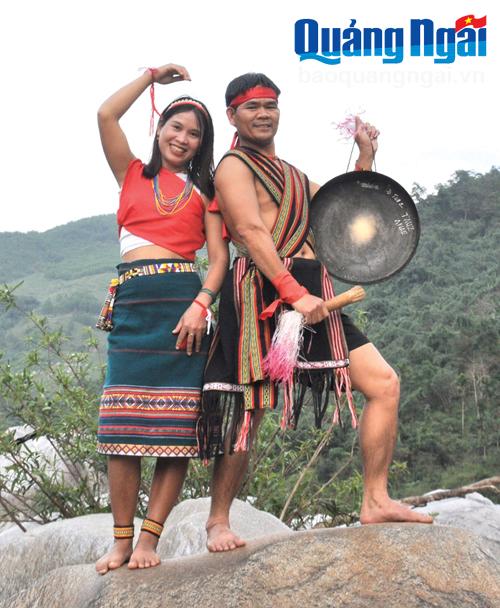 |
| Costumes of the Ca Dong people today. Photo: Dang Vu |
The traditional costumes of the ethnic groups in the highlands of Quang Ngai include skirts, loincloths and festival costumes. For a long time, the ethnic groups in the highlands have been aware of their own costumes to preserve their national cultural identity. The Hre have brocade woven costumes associated with rituals such as a newborn or a dead person is placed on a baby carrier (ka tak) woven from brocade fabric. The patterns on the brocade fabric are motifs associated with mountains, forests, rivers, trees, flowers, animistic things, humanity, the universe, with the idea that when they wear them, they will be given strength by the gods. The Hre use 3 main colors, which are black and white representing the land and water, and red representing the gods. Men wear loincloths (kapen), decorated with many patterns. Women wear skirts (ka tu), shirts (iu), the skirts of Hre women are often in black tones to represent purity. Both men and women wear headscarves (mu), with elegant patterns.
The Cor people have a slightly different uniform. Men wear loincloths, which are a strip of dark blue cloth decorated with yellow and red fringes. They wear a cloak (xa pon) that is the same color as the loincloth. This is the traditional costume that Cor men often wear during gong competitions to participate in festivals. Cor women wear skirts (ka tu) that are dark blue or indigo and decorated with yellow, red, white, and blue cloth bands tied around the hem, in the middle of the skirt, and on the hips. Cor women's shirts are white, tight at the waist and chest, embroidered with red, yellow, and blue patterns. During holidays and Tet, the Cor people wear their costumes and tie scarves on their heads.
As for the Ca Dong, men wear loincloths made of brocade with green as the main color and decorated with stylized red and yellow stripes. They wear a shawl tied behind their back on their left shoulder and a red scarf folded in a crow's beak shape on their heads. Ca Dong women also wear brocade of the Hre, but sometimes they wear a white shirt inside, and on the outside they wear a red shawl crossed across their chest. The Ca Dong women's skirts have yellow and orange patterned borders mixed with a little red and white, and are pinned around a string of small bells; today they are mainly dark blue or black, and reach the shins.
Costumes are one of the three material elements of “food, clothing, and housing”, which are cultural products of society and also change with the development of society. Costumes are products that contain the spiritual, aesthetic and humanistic values of each ethnic group in Quang Ngai. Therefore, it is necessary to pay attention to preserving traditional costumes, contributing to preserving the cultural beauty of Quang Ngai people.
VO MINH TUAN
Source link


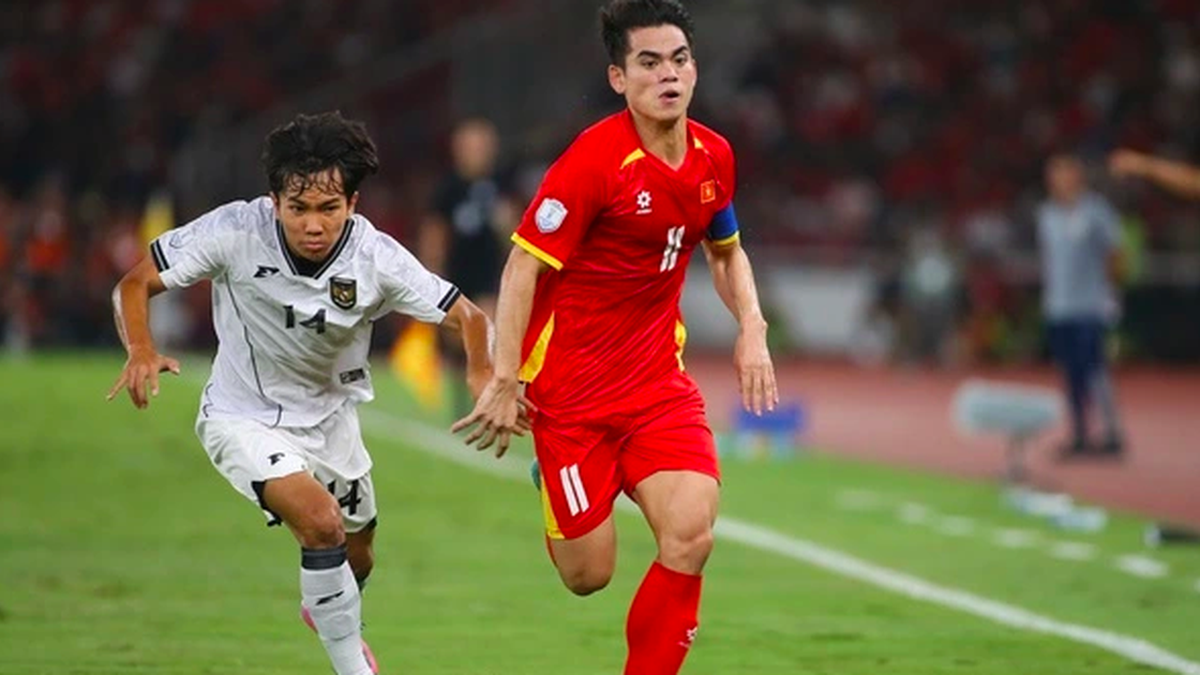
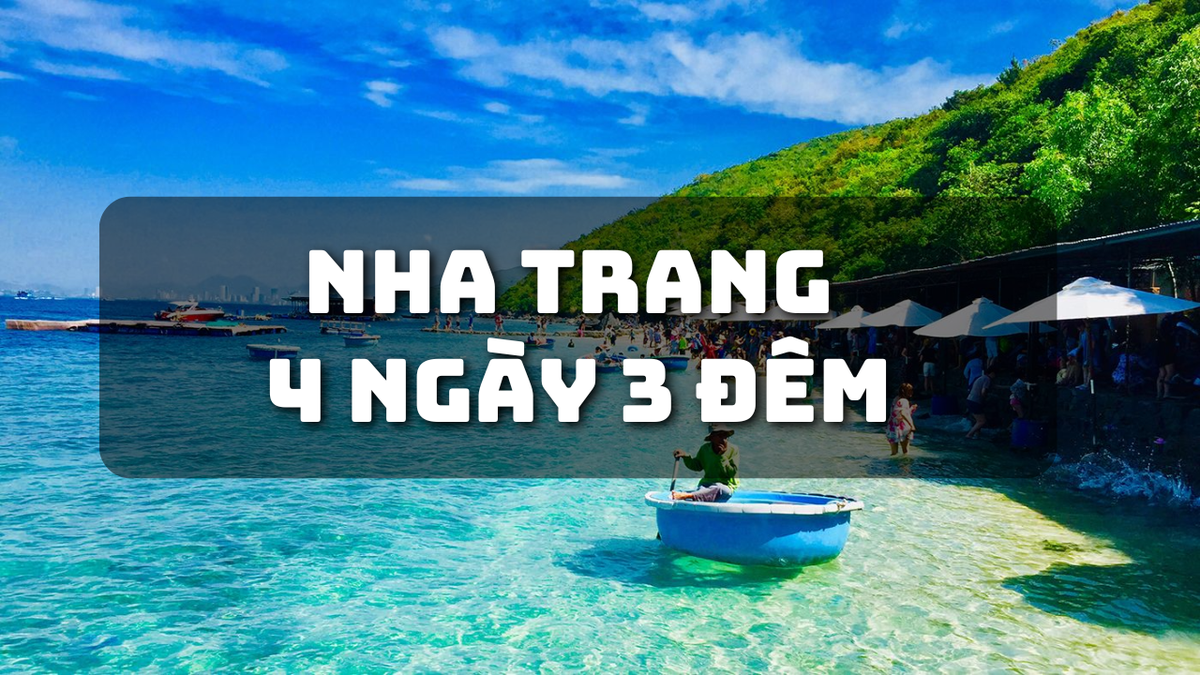
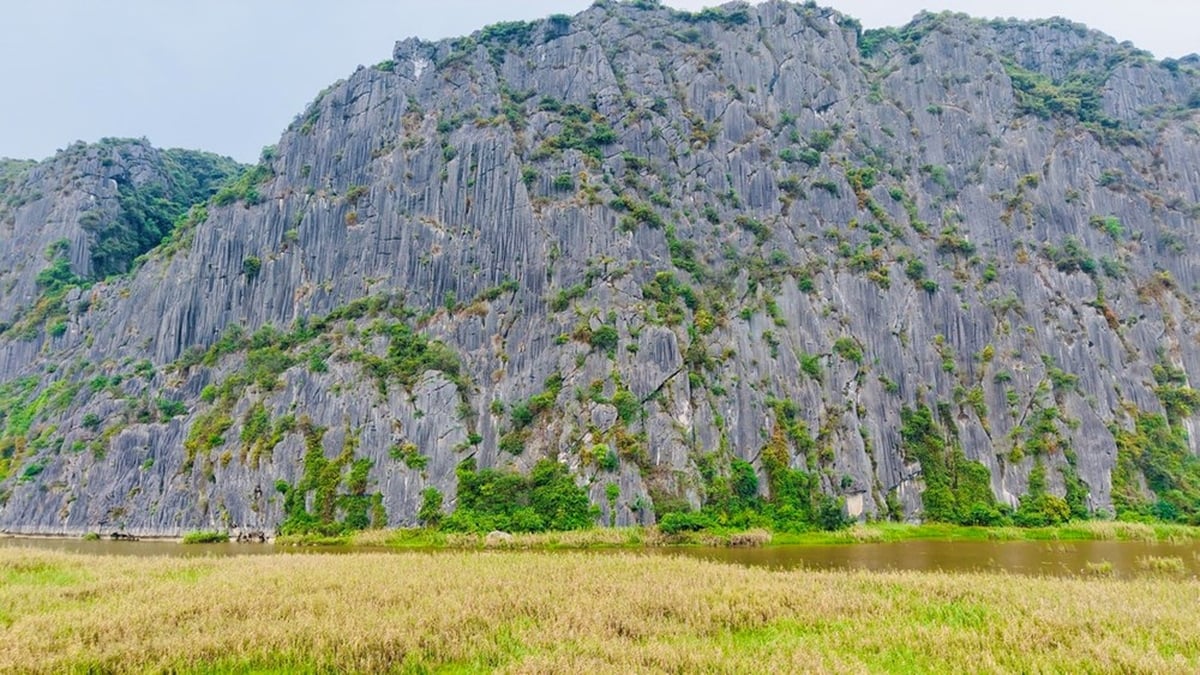
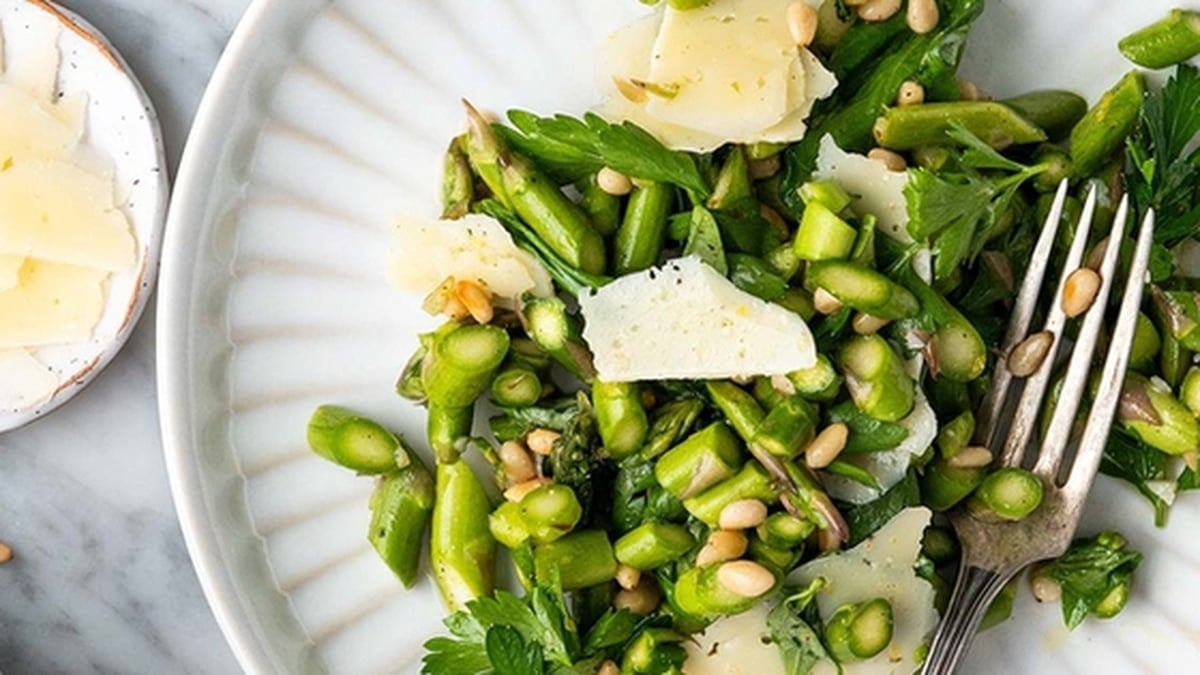
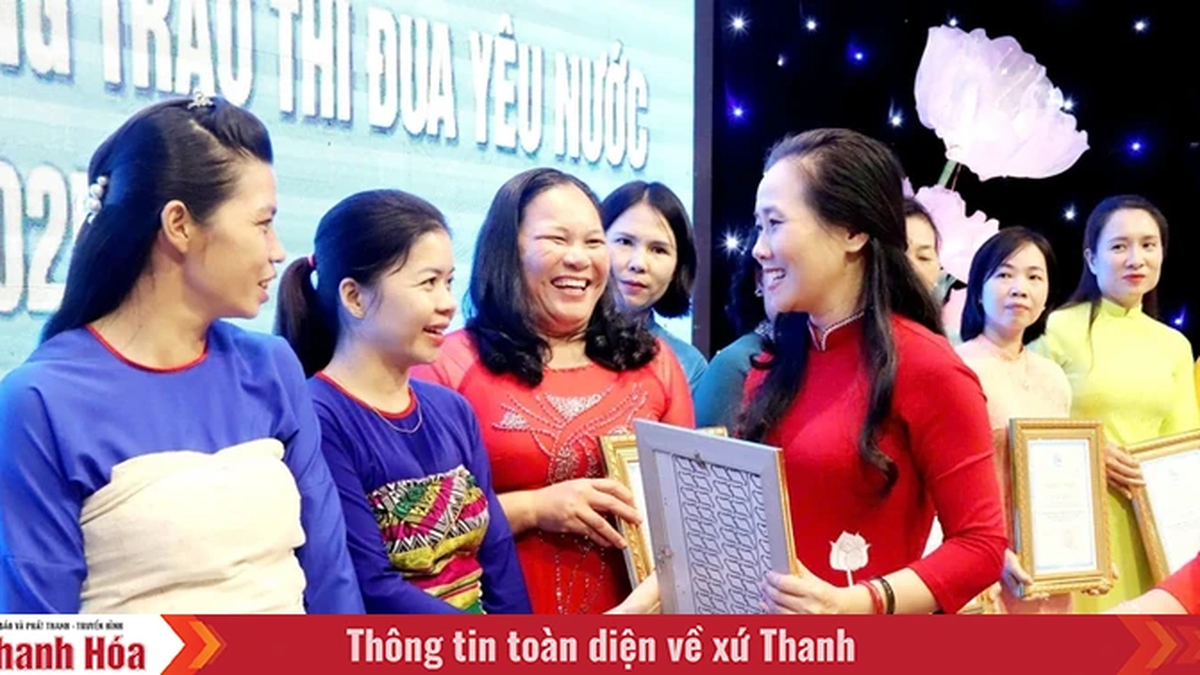
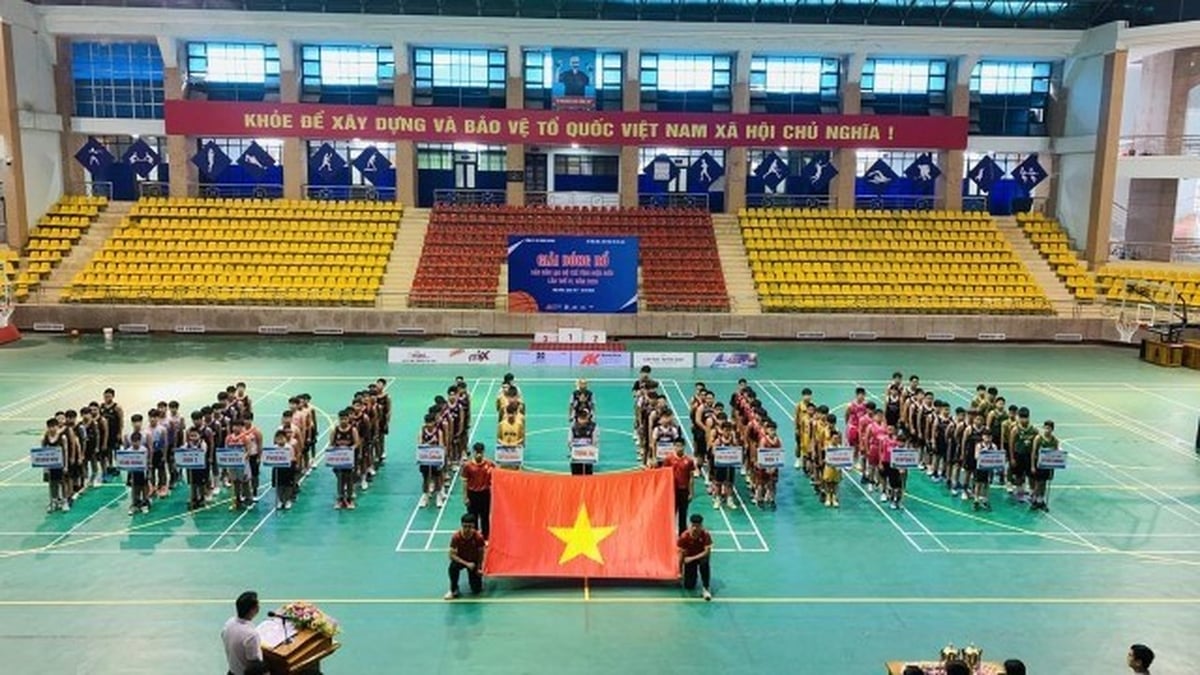
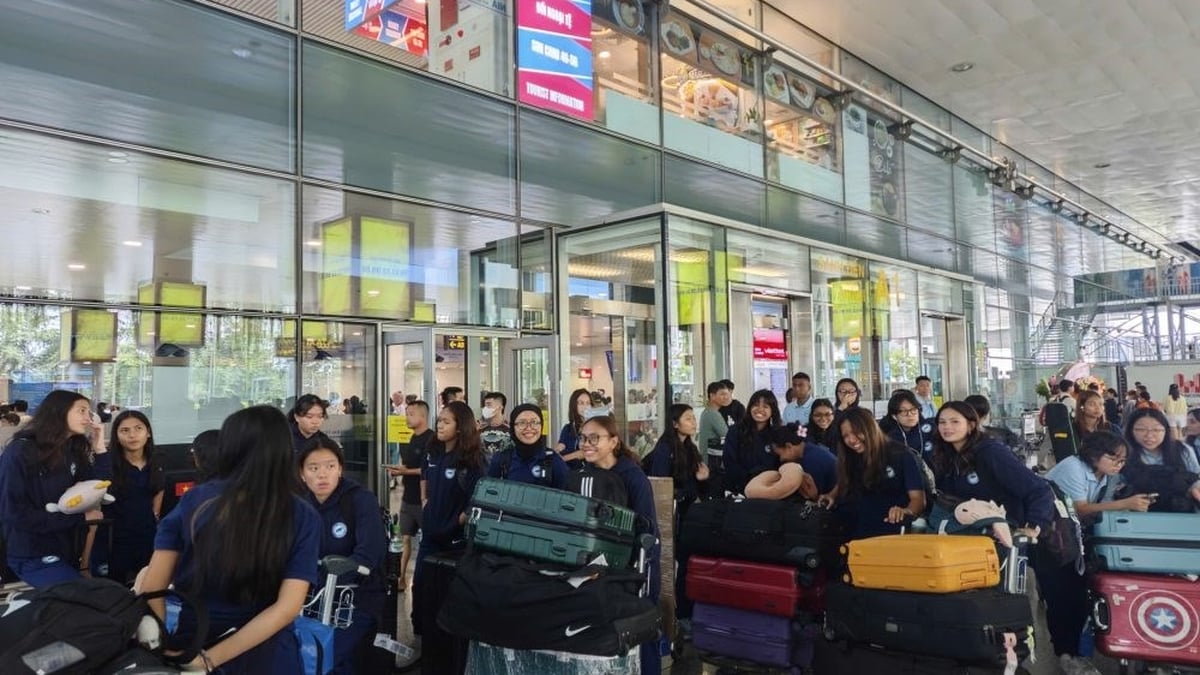
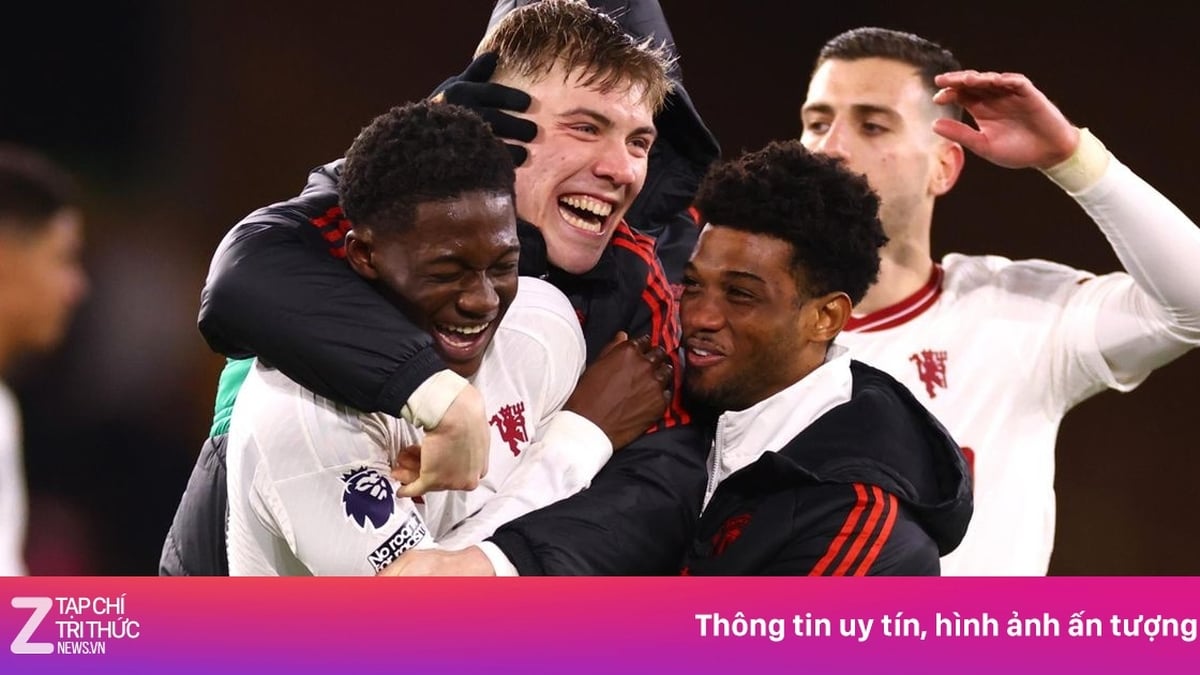
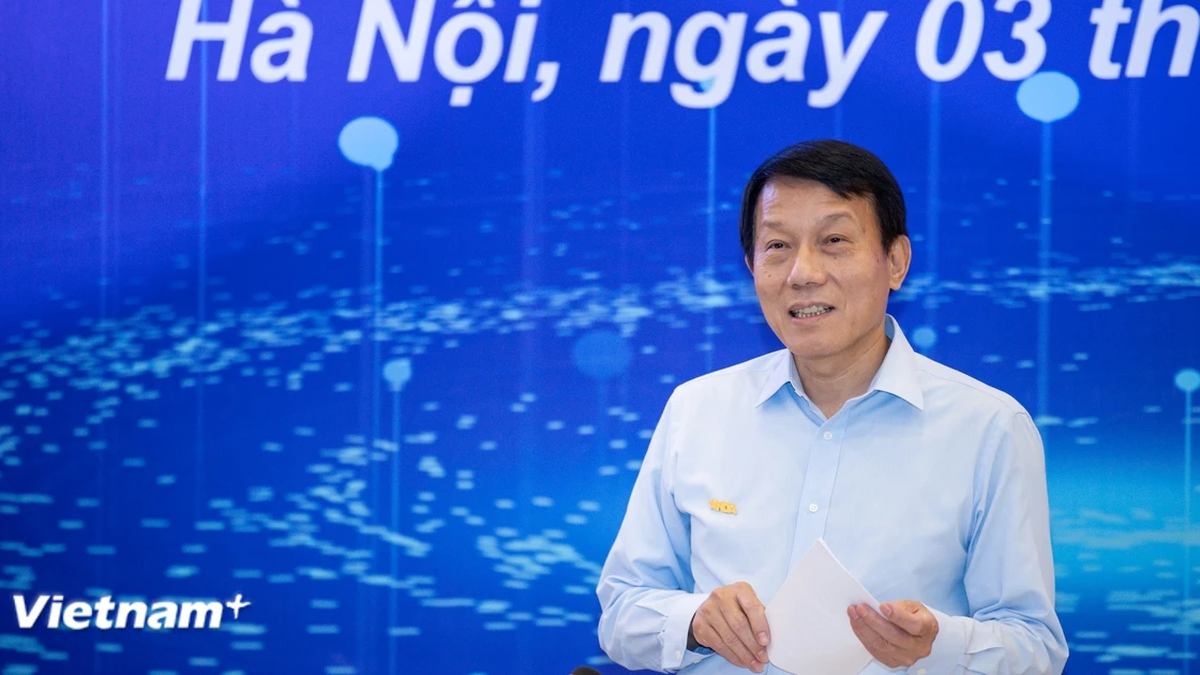
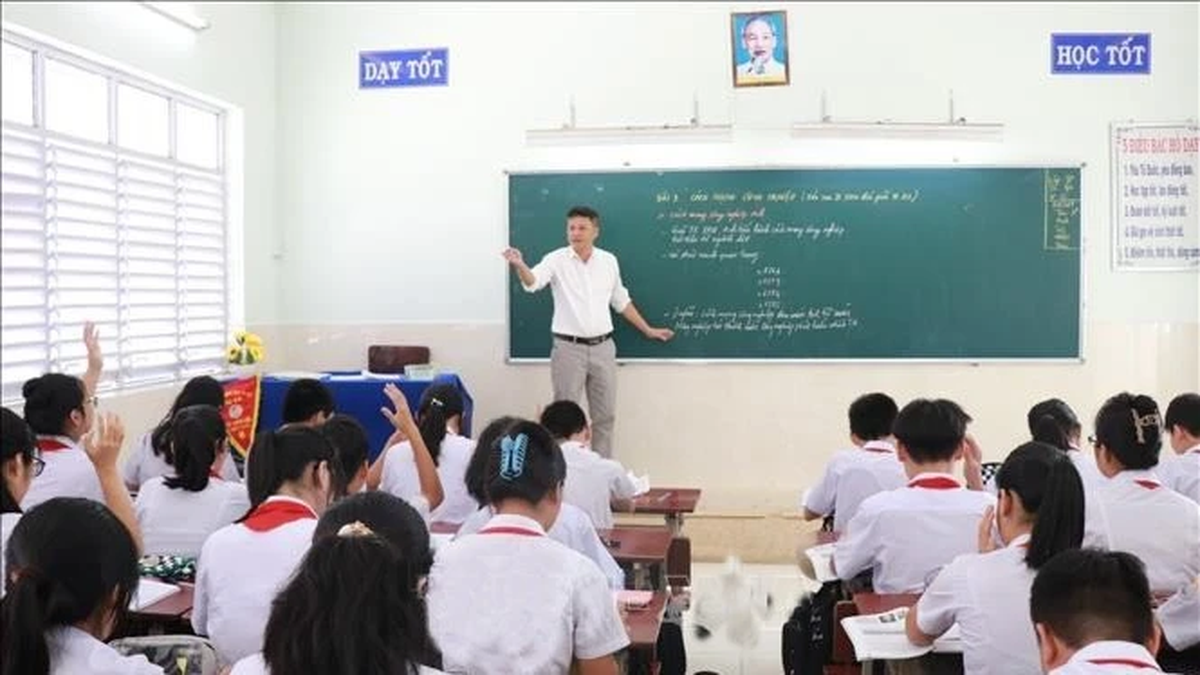










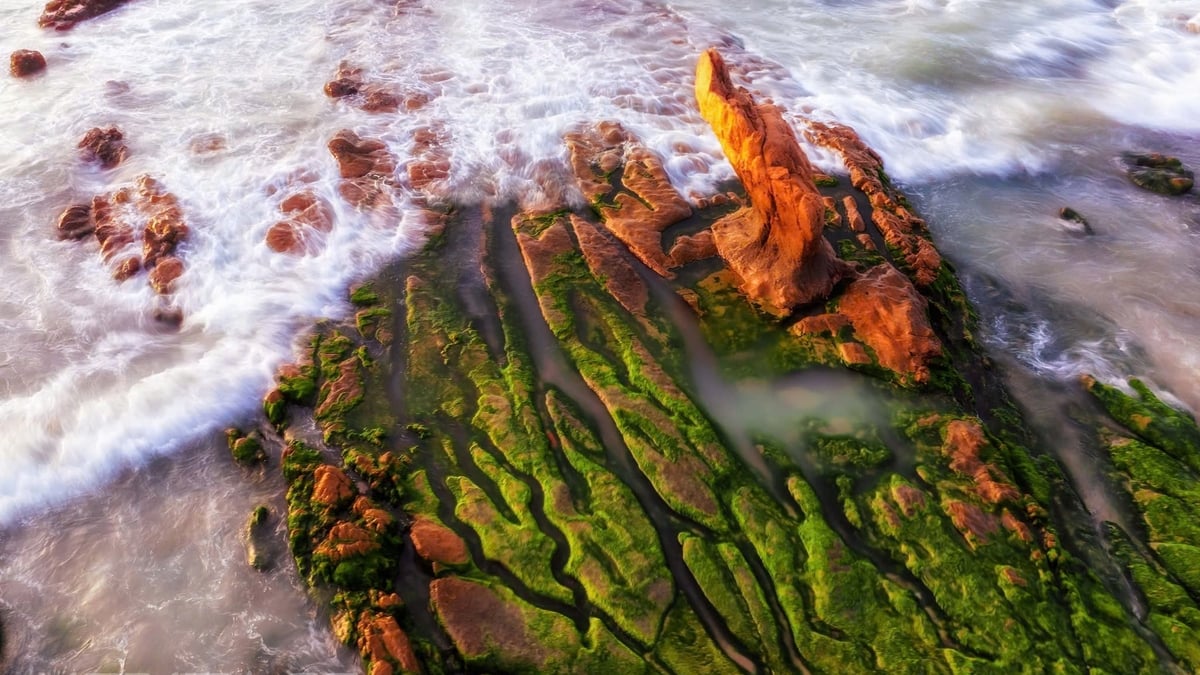
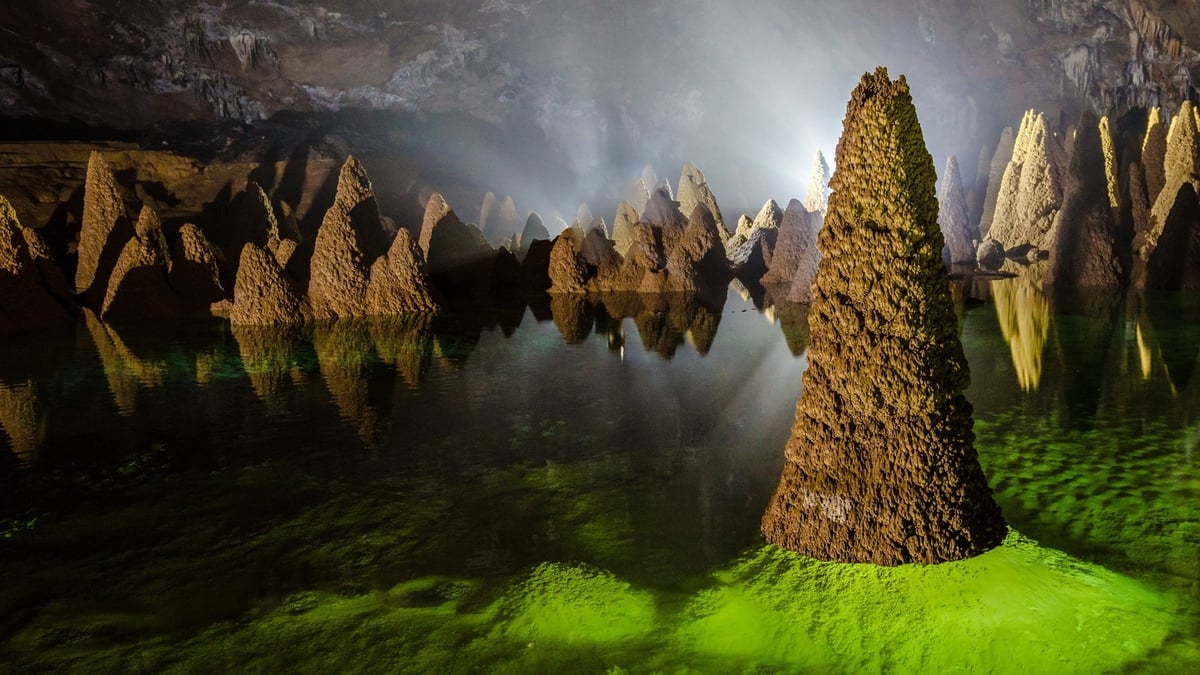

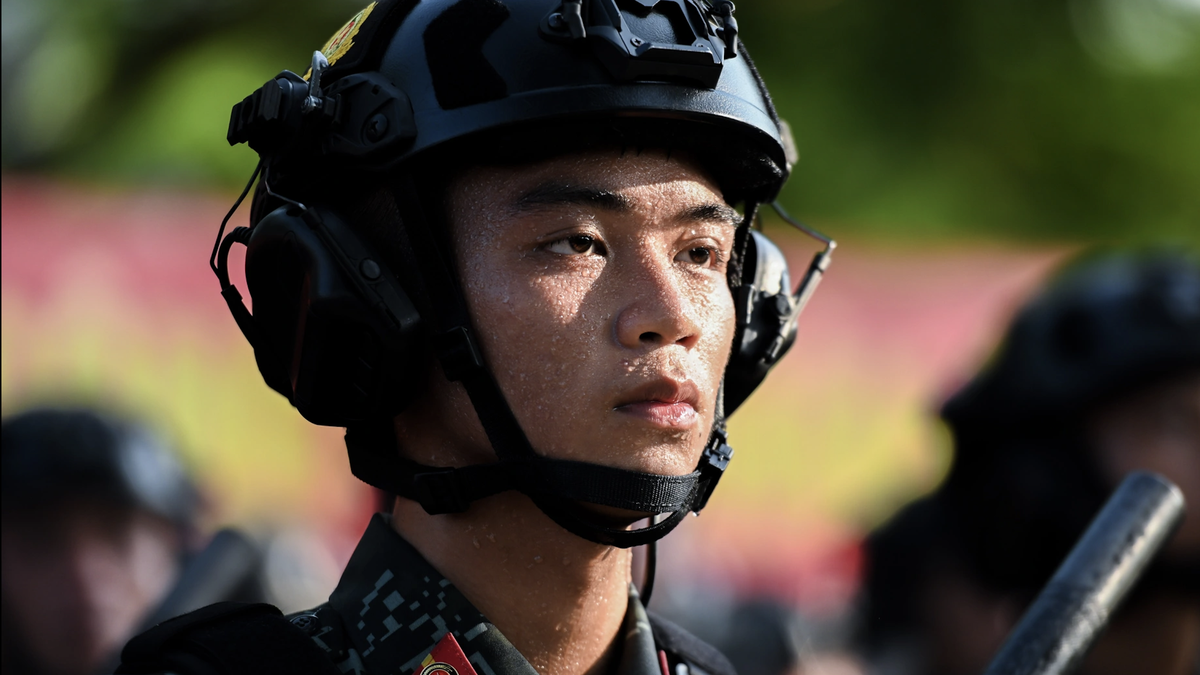








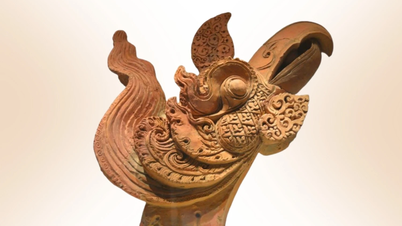

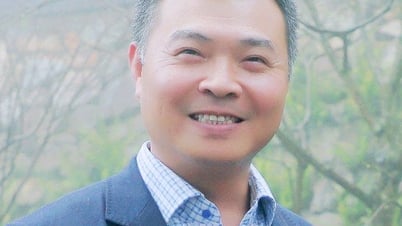

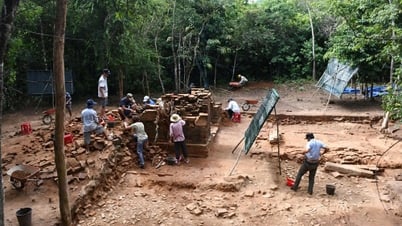
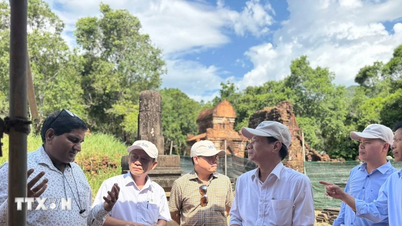


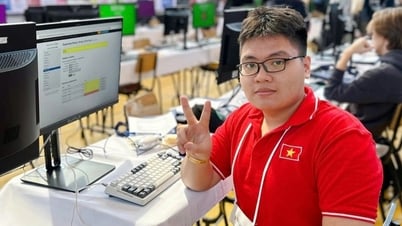

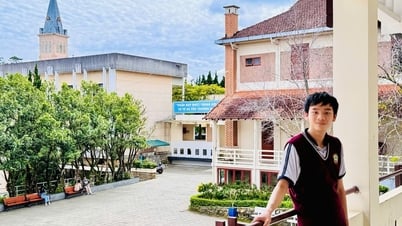

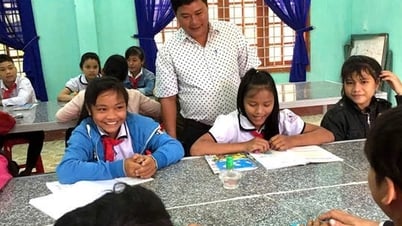

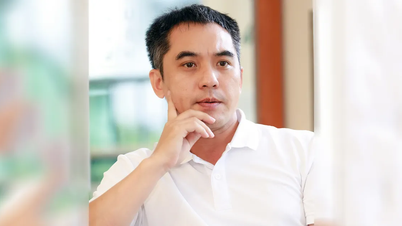

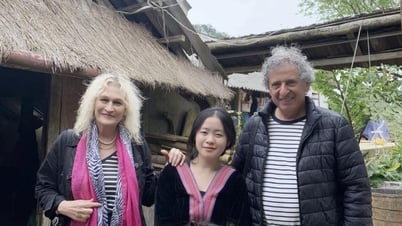


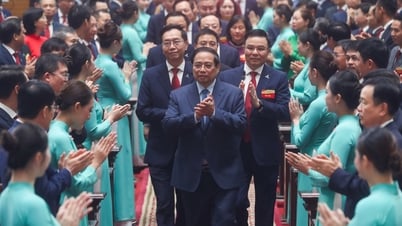








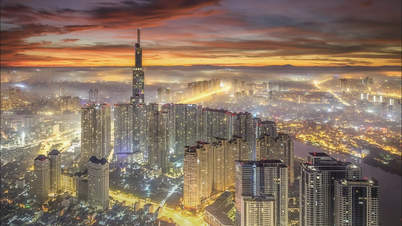

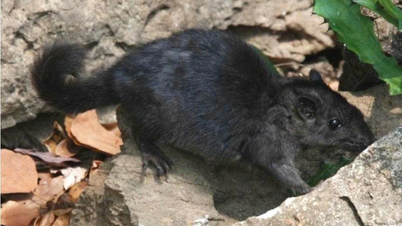
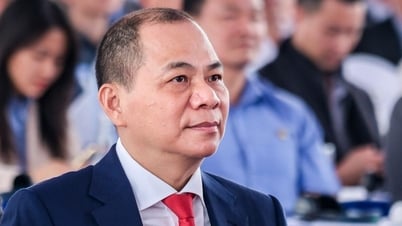
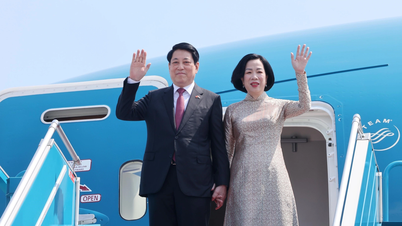
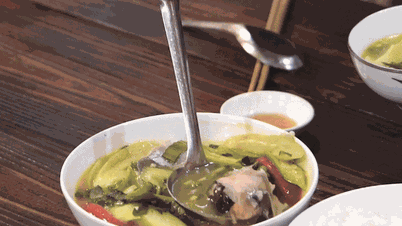
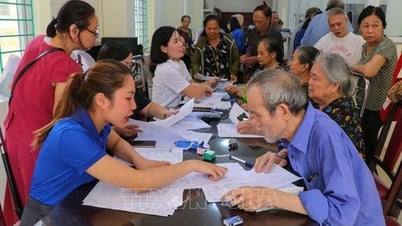

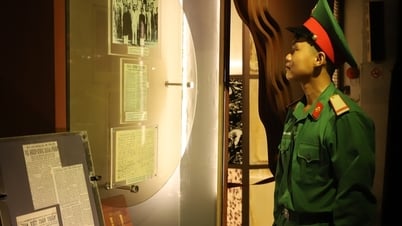

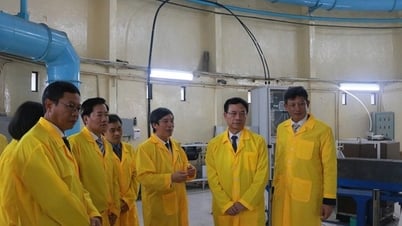

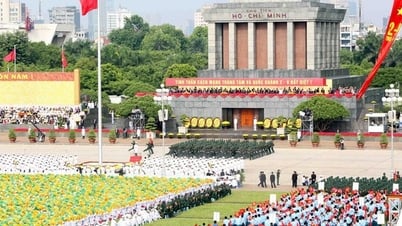
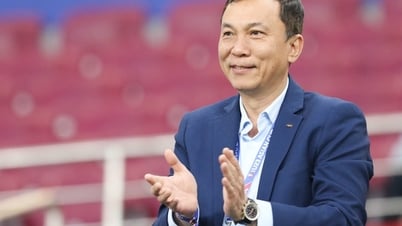





















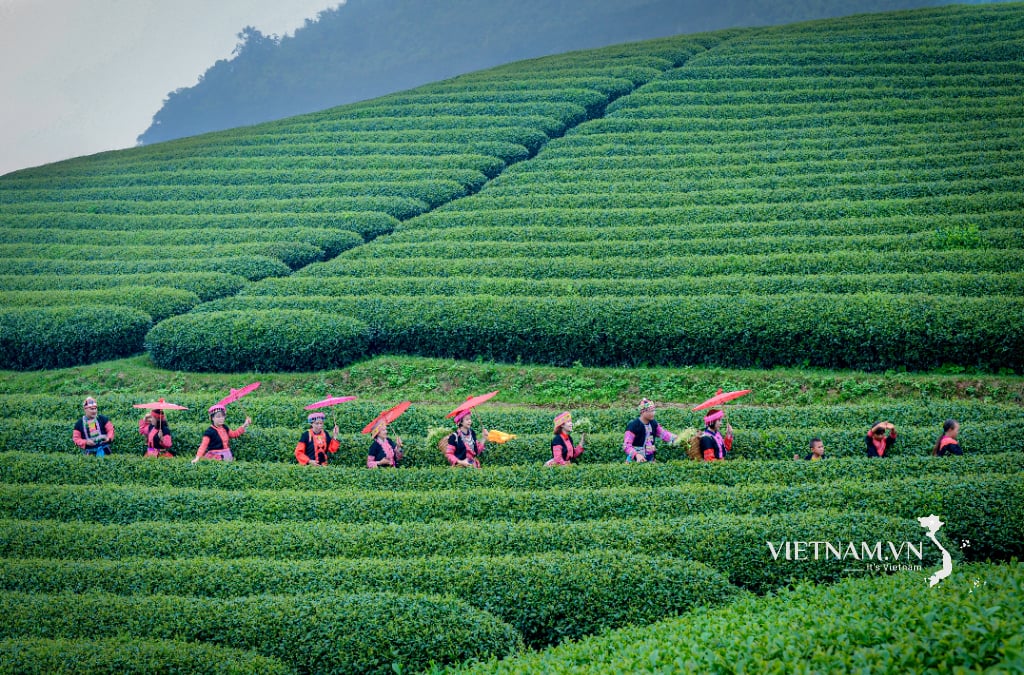


Comment (0)